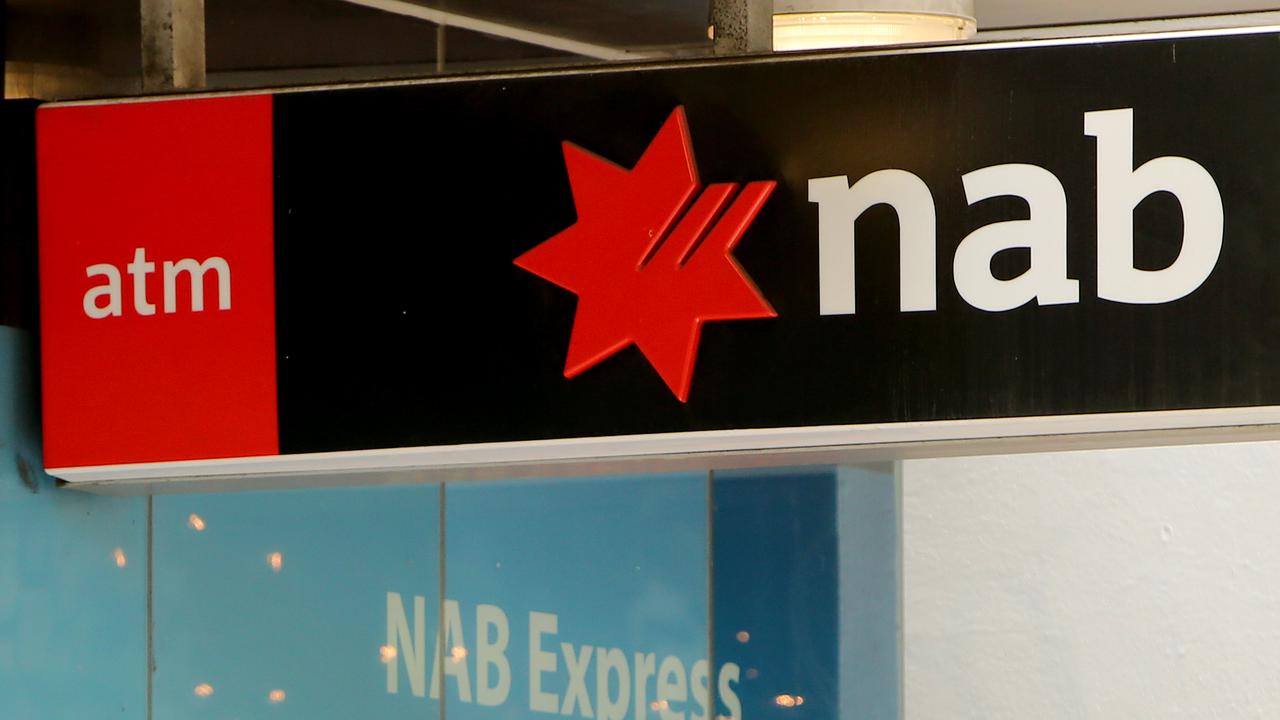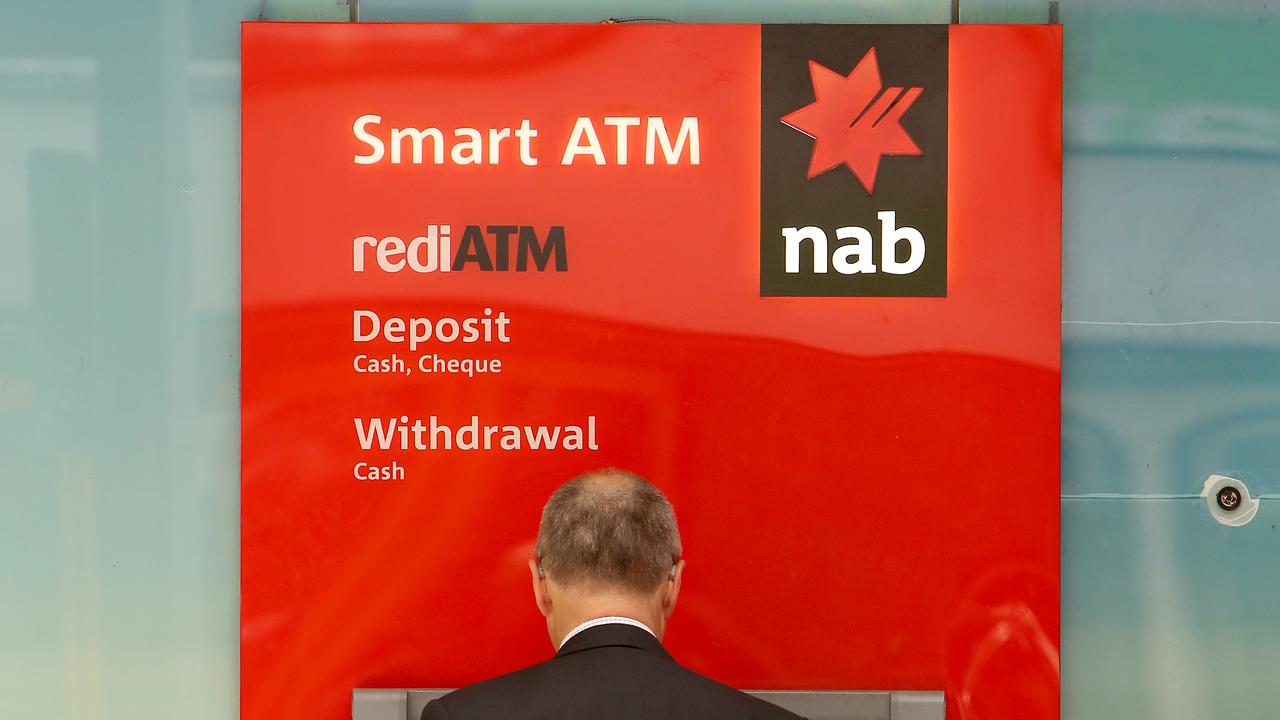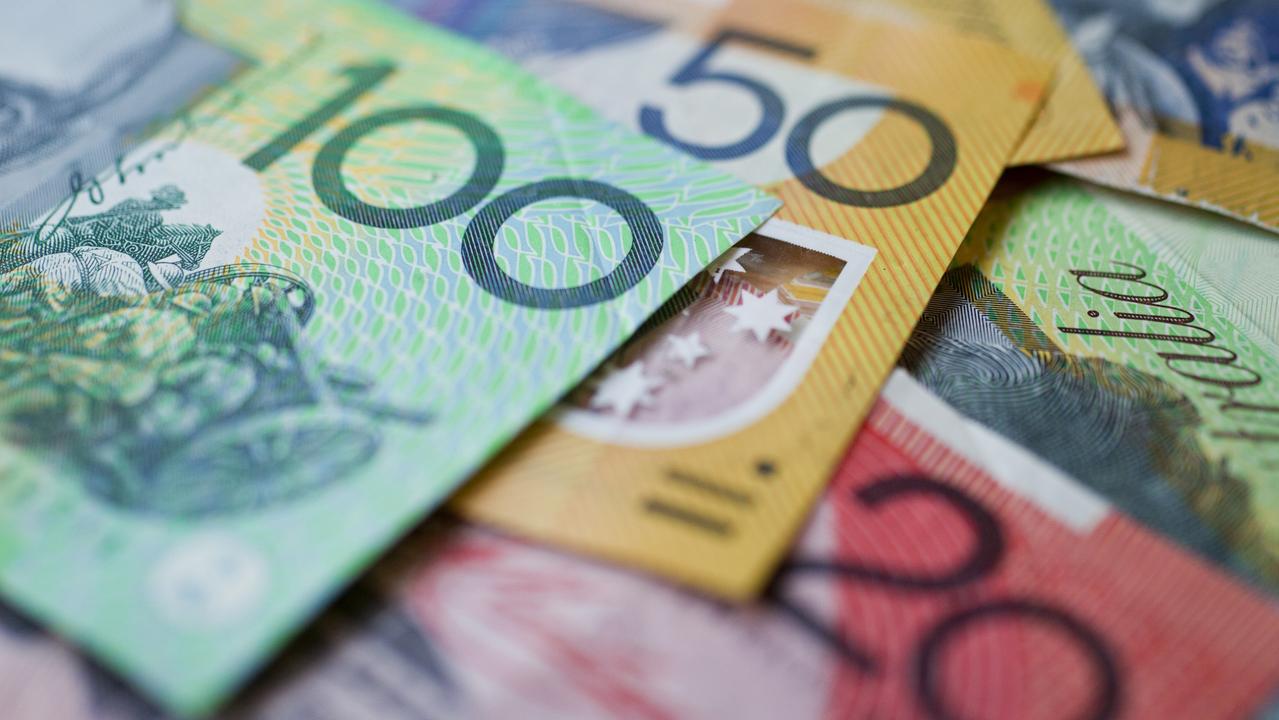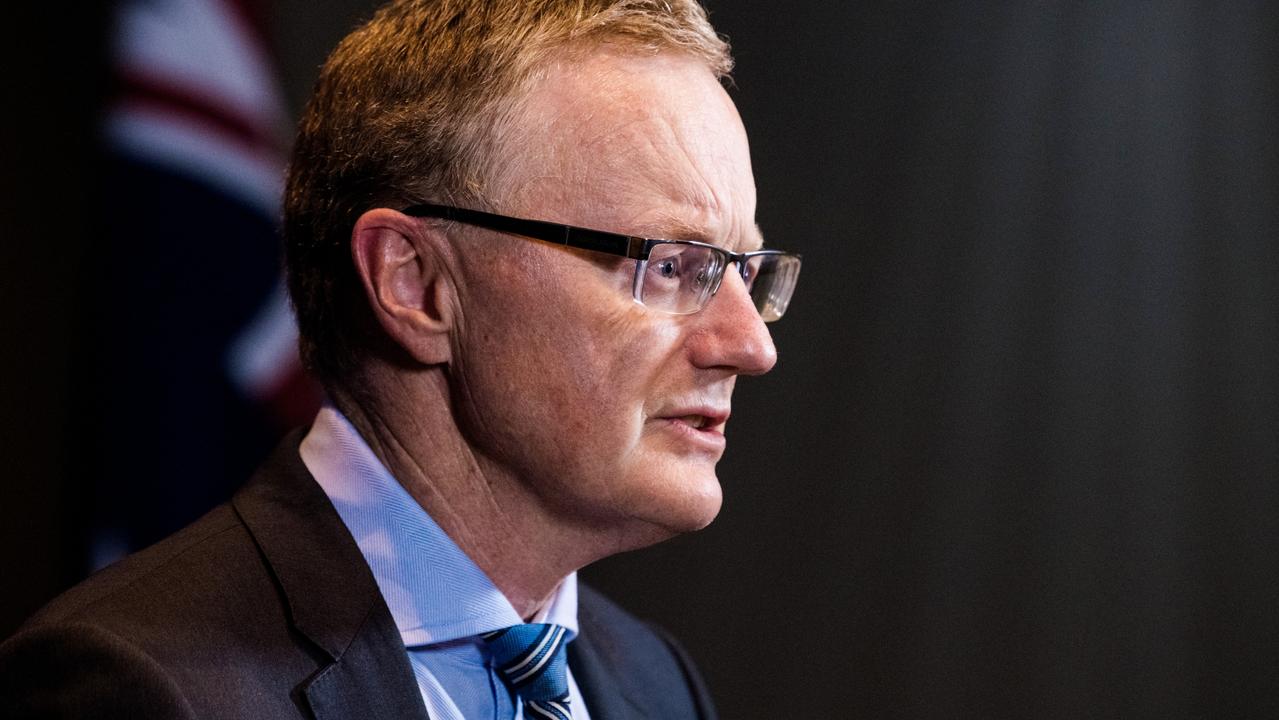Interest rates: NAB, Westpac, Cpmmonwealth and ANZ increases mortgage rates by 0.25 per cent
Homeowners were plunged into a world of more financial pain as interest rates were hiked again, with the major banks making their move.
Interest rates rose for the tenth consecutive time in March – hiked by 0.25 per cent taking them to a decade high of 3.6 per cent – and now all four major banks have responded.
NAB announced its standard variable home loan interest rate will increase by 0.25 per cent, effective from 17 March.
Westpac said it was also passing on the interest rise in full for new and existing customers with rates going up by 0.25 per cent from 21 March.
ANZ said it would also hike mortgage rates by 0.25 per cent, as well as one of its savings accounts, ANZ Plus.
Commonwealth followed suit not long afterwards. It will also raise the ongoing rate on its online savings account to 1.85 per cent and its bonus saver account to 4.15 per cent.
NAB said it will also increase rates for three of its savings products with its NAB Reward Saver bonus interest rate will rising by 0.25 per cent, bringing the total interest rate to 4.25 per cent.
It’s also hiked its NAB iSaver introductory and standard variable rates to 4.25 per cent. and 1.6 per cent respectively
Meanwhile, NAB’s term deposits will increase across a range of products by up to 1.1 per cent and the 12-month term will increase to 4.2 per cent.
Some savers will also be rewarded at Westpac with its standard variable rate increasing by 0.25 per cent bringing the total rate with bonus interest to 4.25 per cent from 17 March. Westpac eSaver standard variable rate will also increase by 0.25 per cent, bringing the total variable rate to 4.25 per cent for new eSaver customers for the first five months.

NAB group executive of personal banking Rachel Slade said the bank was helping customers finding it tougher to get by, including those who might be facing financial challenges for the first time.
“We know most of our customers are in good shape but, for some Australians, financial difficulty might be an entirely new experience as rising costs put increased pressure on their finances,” she said.
“Our support is designed to get our customers through the tough times, and we know that when our customers reach out to our NAB Assist team early for help, more than 95 per cent of them are back on their feet financially within three months.
“As rates increase so does the focus on savings and deposit products, so now is a great time to shop around and find the best rate and product features that work for you.”
Last month, all the major banks passed on the rate rise in full to homeowners.

Chris de Bruin, Westpac chief executive of consumer and business banking said for loan customers the bank understands after a number of successive interest rate rises some people are starting to cut back their spending to help balance the budget.
“We also realise there is a degree of uncertainty in the economic outlook and that is causing concern,” he said.
“To help customers manage their budgets we offer a range of tools in the Westpac app to track spending and break down expenses. We also encourage customers to use our mortgage calculator to understand the impact of rising interest rates on their repayments.
“While the majority of our customers are in a good position to absorb the impact of rising interest rates, we recognise cost of living pressures are challenging. We stand ready to support customers requesting hardship assistance at this time.”

The rate rise means another $77 is added to monthly repayments on a $500,000 loan, according to RateCity, with a whopping $983 a month extra piled on since the first rate rise in May 2022 — or a 42 per cent increase.
Meanwhile a $1 million loan, which is the median house price in Australia, would see $156 added on to monthly mortgage repayments with the rate hike.
ANZ, NAB and Westpac are all predicting that interest rates will peak at 4.1 per cent with rises to hit in March, April and May, while the Commonwealth Bank believes rates will only go as high as 3.85 per cent.
With annual inflation running at 7.4 per cent, CBA it's the first to believe it will tackled by the end of the year, which will see rates slashed.
CBA has predicted rates will drop by 0.5 per cent in the last three months of the year, followed by more rate cuts in the first half of 2024 with interest rates to go down to 2.85 per cent by June 2024.
But the major bank is an outlier compared to the other’s forecasts.
Westpac is predicting a total of seven rate cuts in 2024 and 2025 and forecasts rates will hit 2.35 per cent by September 2025.
NAB doesn’t think rates will begin to be cut until March 2024, predicting interest rates will fall to 3.1 per cent by June 2024, while ANZ forecasts that the first rate cut will be in November 2024.

But Russel Chesler, head of investments and capital markets at investment firm VanEck, said the case for two more rate rises is becoming weaker as the risk of an economic slowdown looms larger with each 0.25 per cent increase.
“The RBA has its eye on slowing economic data points and its hand hovering on the brake. We think there will be one more rate hike in April to 3.85 per cent before the central bank hits the pause button and holds rates at 3.85 per cent for some time to come,” he predicted.
“The winds are changing, in the past month we’ve seen consumer confidence plunge, softer GDP growth, monthly CPI missing estimates, wage growth below expectations and housing finance data remain low.
“While the consumer is still showing resilience in the face of mounting costs, we think from here hikes will hit harder as a large number of fixed mortgages roll off in coming months, and cost of living pressures really start to snowball.”

He added that the savings rate has now fallen below average levels, while a deceleration in discretionary retail spend seems to be gaining momentum.
“Many retailers have noted a pivot in consumers preferences towards value or “no frills” purchases. We think those savings buffers are being depleted and are increasingly being consumed by higher interest rate costs,” he said.
“Weakness in the furniture and appliances sectors will likely slowly spread to other sectors such as vehicles and clothing which have been relatively resilient to date.
“We expect unemployment to move up towards 4 per cent over the year with increased migration improving supply and a slowing economy reducing workforce demand.”






